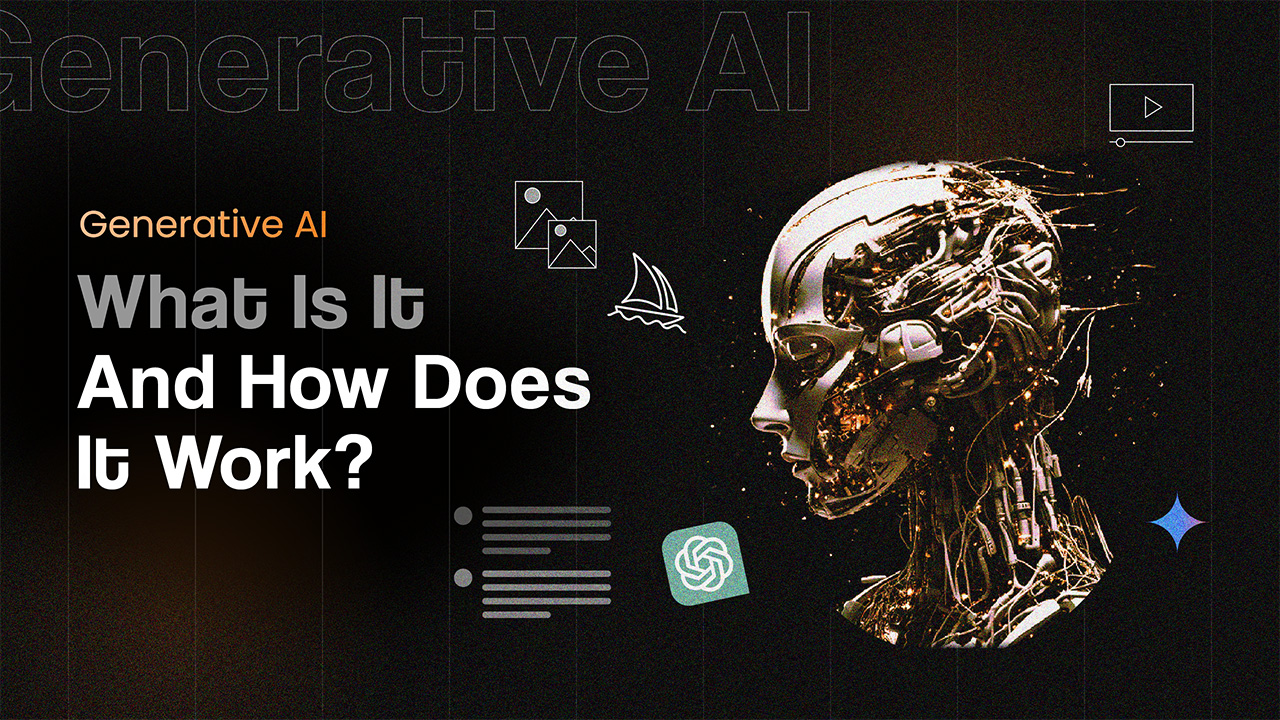October 08, 2018
Following Utah’s transportation department, another administrative application of Big Data has gained media attention. In the recent Tourism and Culture Expo, that took place in the Tibetan capital Lhasa in September, a Big Data system screen was exhibited that showed essential tourism information in real-time.

PC: Wang Sheng
The system was jointly developed by a team from Tibet University’s IT school and a Beijing-based Big Data software company- Wiseweb Technology Co. In an interview with the Global Times publisher, the dean of the school, Nyima Tashi noted that, with the system, the team’s aim is to provide data support to the regional government so that it can boost the local tourism industry and improve the region’s openness to the world. She added, “In near future, the screen could also show more information about tourists, such as the origin of domestic and overseas tourists and their preferences of scenic spots, as long as the information does not invade personal privacy,”
The centre built around the system has already started getting significant attention from the foreign visitors. The director of South Korea Central Daily China Institute, Han Woo-duck, noted in an article that out of all the tourist attractions in Tibet, the big data centre at Tibet University impressed him the most during his visit to the country.
It is notable that prior to the launch of the system, the tourism industry in Tibet was already witnessing record high growth. Last year, 225.6 million tourists came to the autonomous region. This was 10.6 per cent more than the region witnessed in 2016. The revenue from tourism, too, has increased by 14.7 per cent to 37.9 billion yuan, making innovation in the sector an imperative move. As a professor of ethnic studies at Minzu University of China, Xiong Kunxin, puts it, “A big data system incorporating tourism information will help the local government to manage the industry in more orderly way and avoid accidents”
At present, the system shows the real-time information on the number of tourists at a particular spot. It also shows the background information of these spots as shown in the image above, to further create more meaningful insights from the analytics of changing tourist preferences and prevailing trends. To contribute to this, the centre collects information from open sources available on the internet. More information is purchased from tourist companies to create a comprehensive view of the chosen places. In the future, the centre plans to gather data from government sources as well as providing more information on the overseas tourists and real-time tracking of negative social events.
The system further emphasizes the role of advanced technologies like VR and Blockchain in the growth of the tourism industry. In all probability, tourism is going to be the most revolutionised industry in the coming years, after retail, aviation, logistics, and education, and so this sector will see the maximum impact of the changing technological world.
Resources:
http://www.globaltimes.cn/content/1121655.shtml




